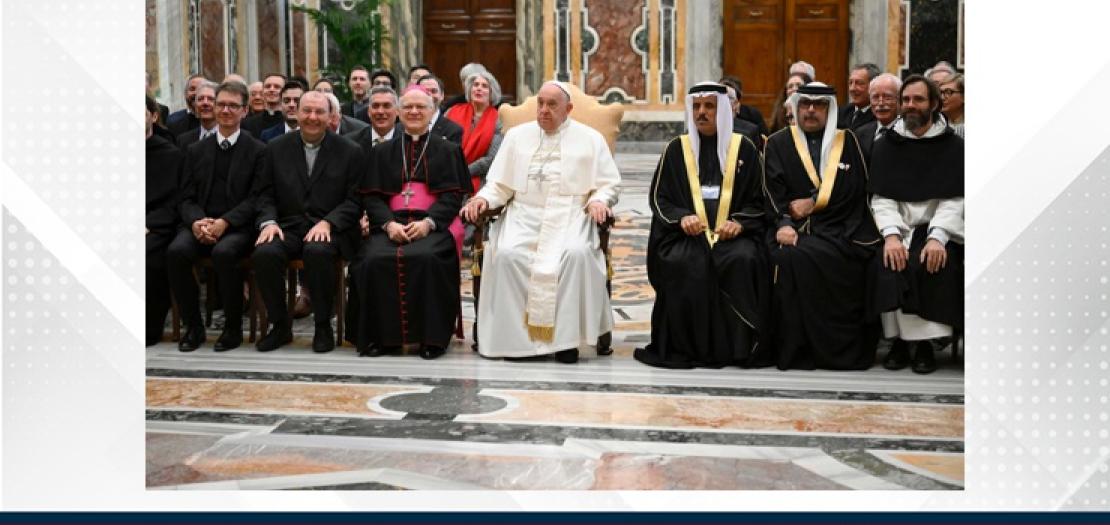Issued by the Catholic Center for Studies and Media - Jordan. Editor-in-chief Fr. Rif'at Bader - موقع أبونا abouna.org

The Vatican Apostolic Library has entered into a significant agreement with the Kingdom of Bahrain, marking a milestone in interfaith and cultural cooperation.
The memorandum of understanding aims to design and implement an innovative module to support conservation, cataloging, and preservation of Arabic cultural heritage housed at the Vatican Library. Additionally, it includes organizing joint projects to promote and disseminate this invaluable heritage.
Monsignor Angelo Vincenzo Zani, Archivist and Librarian of the Holy Roman Church, emphasized the importance of this collaboration: "The signing of this document is the culmination of a dialogue that was opened a year and a half ago. It finds its root in the trip that the Holy Father made to Bahrain, which opened a great sensitivity on the part of the king and also therefore of the people of Bahrain to dialogue with the Catholic Church."
Monsignor Zani further explained: "The consequence of this visit is that we had the idea of building a multi-year agreement that will be developed in the coming years. This concerns both the contributions that they will be able to make for the restoration of our works here, starting with those of common interest, and also the construction of a much more advanced computer system than what is used in libraries today."
A model of cultural and religious cooperation
The partnership between the Vatican Library and Bahrain goes beyond academic collaboration. It symbolizes how institutions from different cultural and religious backgrounds can work together to preserve and enhance humanity's shared treasures and heritage.
This historic agreement builds on the strengthened relations following Pope Francis' apostolic visit to Bahrain in November 2022. During this visit, Pope Francis became the first pontiff to visit the Muslim island nation in the Persian Gulf, attending the Bahrain Forum for Dialogue: East and West for Human Coexistence.
Through this collaboration, both institutions aim to set new standards in the fields of conservation and cataloging, leveraging state-of-the-art technology.







